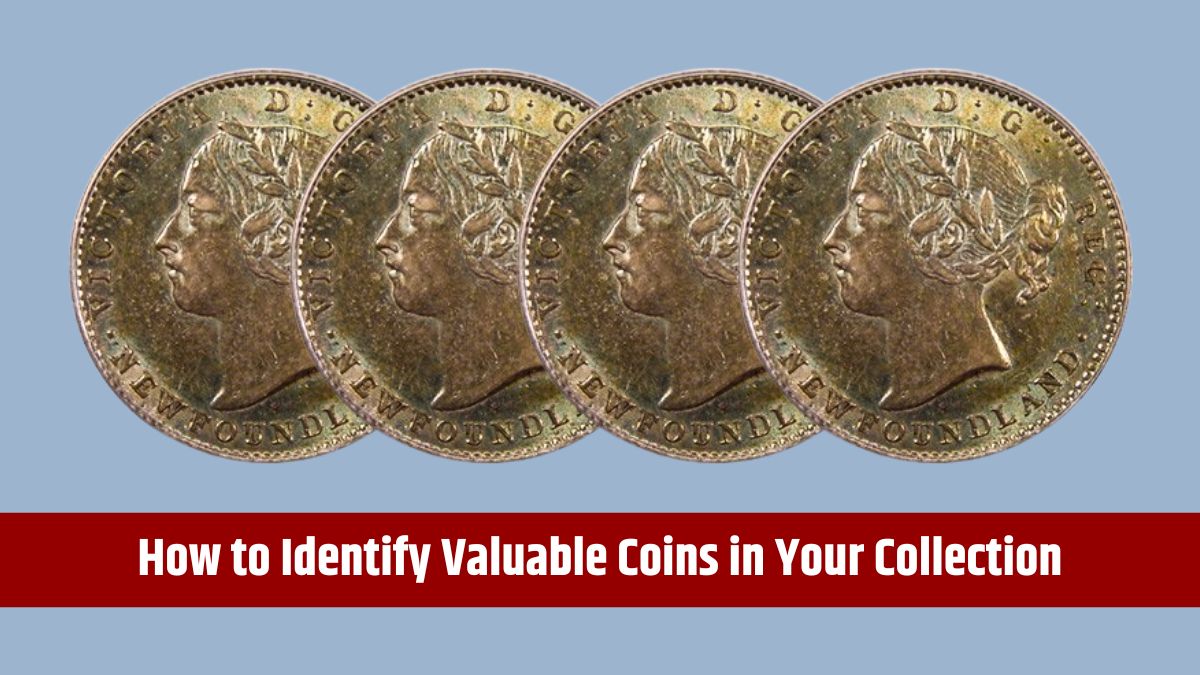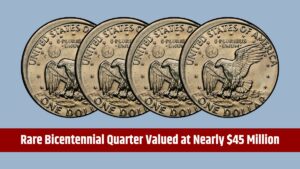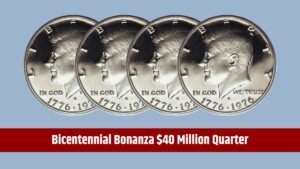Collecting coins can be a thrilling journey, but knowing how to spot valuable coins is the key to turning your hobby into a potentially profitable pursuit. Coins can be worth more than face value due to factors like rarity, condition, historical significance, or metal content. Here are six essential tips to help you identify valuable coins in your collection.
Coin’s Condition (Grading)
A coin’s condition, or grade, plays a pivotal role in determining its value. Grading assesses wear and preservation, typically using the Sheldon scale (1-70), where 70 represents a perfect coin.
Key Grades:
- Uncirculated (MS-60 to MS-70): No wear, retains its original shine.
- Extremely Fine (EF-40 to EF-45): Minimal wear on high points.
- Good (G-4 to G-6): Significant wear with partial or missing details.
Coins in higher grades are generally worth more, especially if they’ve been well-preserved.
Tip: Unsure about grading? Use services like the Professional Coin Grading Service (PCGS) or Numismatic Guaranty Corporation (NGC) for expert evaluations.
Coin’s Mintage and Rarity
Rarity directly impacts a coin’s value. Coins with lower mintages or unique circumstances surrounding their production tend to be more valuable.
What to Research:
- Mintage Numbers: Find minting figures in numismatic catalogs or online databases.
- Survival Rates: Coins melted down or lost over time are rarer today.
For instance, a coin minted during war years or under special economic restrictions may have a limited supply, making it more valuable.
Tip: Look for limited editions or commemorative coins, as these often have lower mintages and higher demand.
Mint Marks and Special Variants
Mint marks indicate where a coin was minted, and some marks are rarer than others.
Examples:
- U.S. mint marks like “D” (Denver) or “S” (San Francisco).
- The rare “W” mark on the 2019-W West Point Quarter.
Valuable Variants:
- Double Die Errors: Coins struck twice with doubled designs.
- Off-Center Strikes: Misaligned during minting.
- Repunched Mint Marks (RPM): Mint marks struck multiple times.
Tip: Examine your coins carefully for mint marks or any unusual design errors, as these can significantly boost their value.
Consider the Metal Content
The metal composition of a coin often adds intrinsic value, especially for coins made of precious metals.
Examples:
- Silver Coins: Pre-1965 U.S. dimes, quarters, and half dollars (90% silver).
- Gold Coins: Gold Eagles or rare historic coins like the 1933 Saint-Gaudens Double Eagle.
- Platinum and Palladium Coins: Modern bullion coins with intrinsic metal value.
Tip: Research your coin’s composition in reference guides or consult a professional to determine its metal content and market value.
Historical Significance
Coins tied to significant historical events or famous figures often hold special value.
Examples:
- War-era Coins: Revolutionary War or World War II coins.
- Commemorative Coins: Limited runs celebrating anniversaries or milestones (e.g., George Washington’s 250th anniversary coin).
- Coins of Famous Figures: Roman emperors, U.S. presidents, or iconic monarchs.
Tip: Know the backstory of your coins. A coin’s historical context can add layers of intrigue and value.
Seek Professional Advice
Professional evaluations are crucial when identifying valuable coins. Certified numismatists and reputable coin dealers can provide insights into rarity, grading, and market demand.
Recommended Services:
- NGC (Numismatic Guaranty Corporation) and PCGS (Professional Coin Grading Service): Trusted for grading and authentication.
- ANA (American Numismatic Association): A reliable source for expert professionals.
Tip: Always choose reputable professionals to ensure accurate assessments, especially when selling or auctioning valuable coins.
By following these tips, you’ll gain the expertise to uncover hidden treasures in your collection. Whether you’re a seasoned collector or just getting started, the thrill of knowing valuable coins makes this hobby both exciting and rewarding.
FAQs
How do I grade a coin’s condition?
Use the Sheldon scale (1-70) or consult professional grading services.
What makes a coin rare?
Low mintage, survival rates, or unique minting errors make coins rare.
Where can I find mint marks on coins?
Mint marks are typically near the edge or integrated into the design.
How do I check a coin’s metal content?
Research the coin’s composition in guides or have it tested by a professional.
Why are historical coins valuable?
They commemorate significant events or figures, adding cultural importance.



